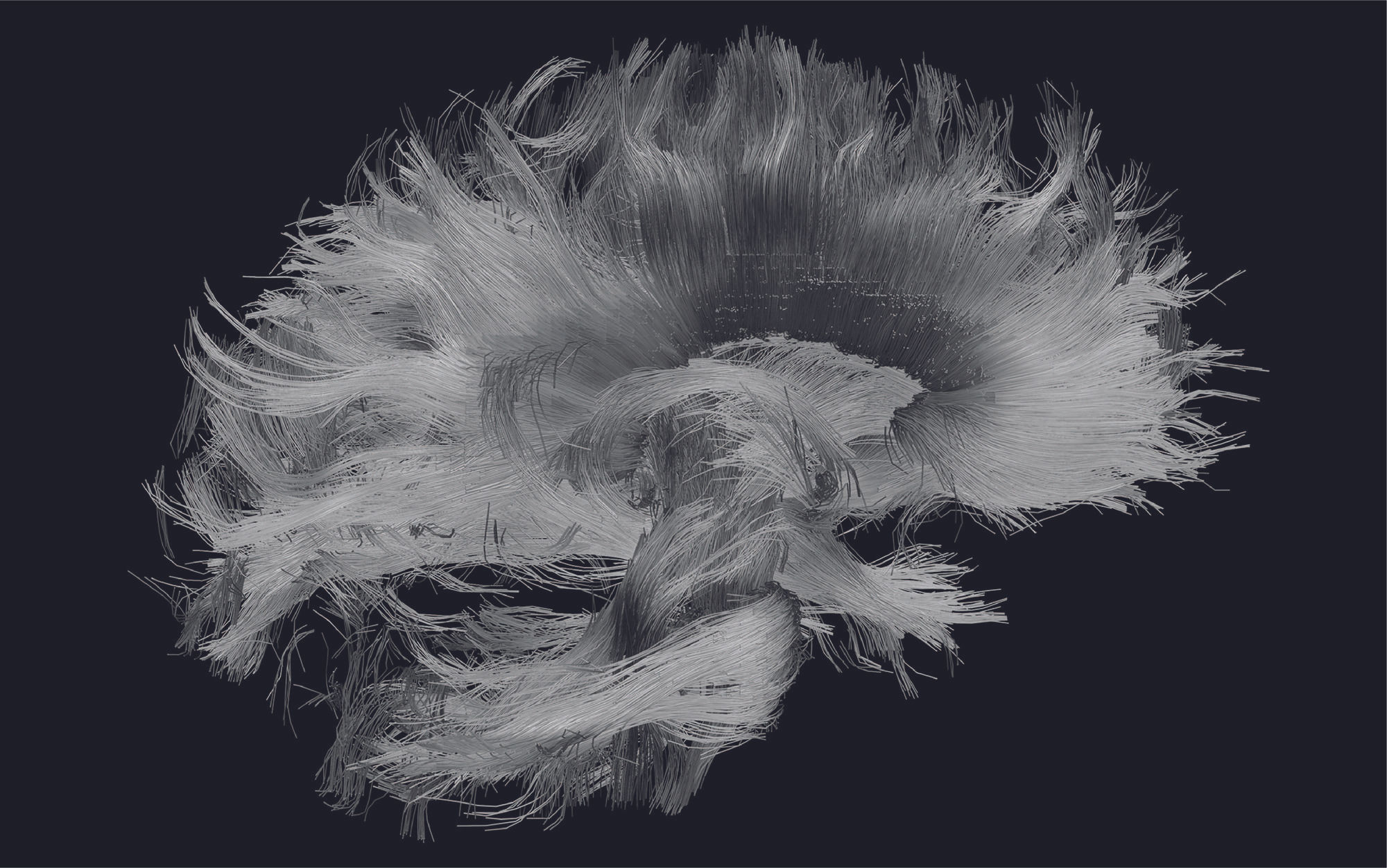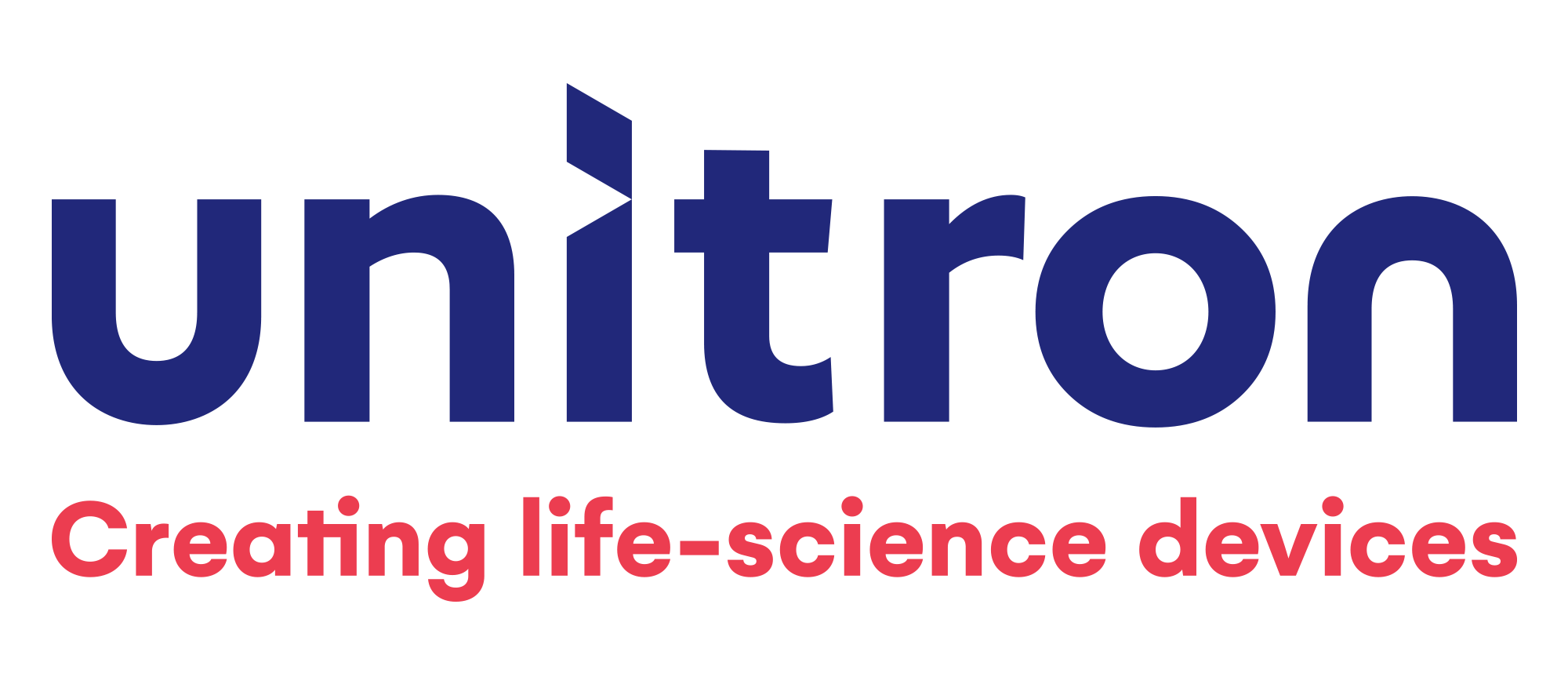It took a decade, 500 scientists and around €600 million worth of research to complete the largest human brain modeling project ever. Although the original goal of simulating the entire human brain was not achieved, the project still overcame several essential milestones in neuroscience. Here are some of the greatest hits! By combining 3D maps of some 200 cerebral-cortex and deeper brain structures, the researchers have created a human brain atlas showing the multi-level organization of the brain. It's like Google Maps, but for the brain. This helped to identify six previously unknown brain regions in the prefrontal cortex that contribute to memory, language, attention and music processing. Moreover, a new algorithm has been developed to create full-scale scaffold models of brain regions from microscopic images. These research advances have been used to improve the treatment of epilepsy by making it easier to identify the origin of seizures and increase the success rate of surgery. The findings have also led to improvements in the treatment of Parkinson's disease and to the development of brain implants to treat blindness. Although the HBP has ended, it started off many smaller-scale spin-off research projects to further research in this area.



